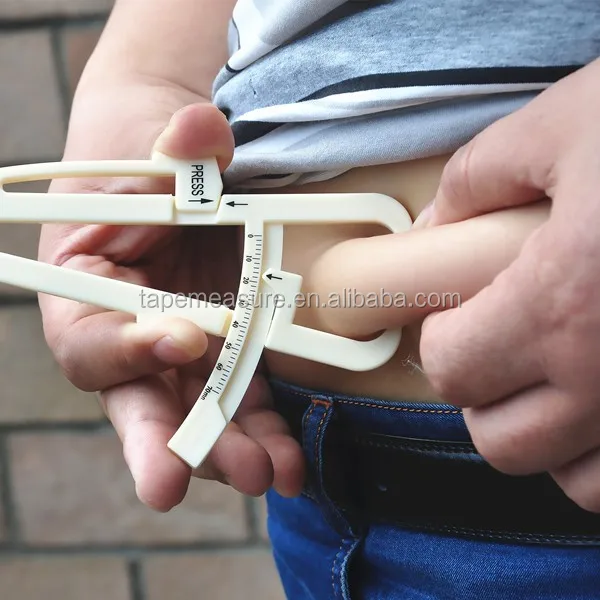

The BMI calculation divides an adult's weight in kilograms (kg) by their height in metres (m) squared.įor example, if you weigh 70kg (around 11 stone) and are 1.73m (around 5 feet 8 inches) tall, you work out your BMI by: Breathe out naturally before taking the measurement.Wrap a tape measure around your waist midway between these points.Find the bottom of your ribs and the top of your hips (just above your belly button).Use measurements in the same units (for example, centimetres or inches).Ī waist to height ratio of 0.5 or higher means you may have increased health risks such as heart disease, type 2 diabetes and stroke. To calculate your waist to height ratio, measure your waist and divide it by your height.

Measuring your waist to height ratio can tell you if you have excess tummy fat, even if you have a healthy BMI. You may want to see a GP for help and advice. If you want to lose weight, you can find more information at NHS Better Health. Healthy weightįind out more about having a balanced diet and find fitness videos you can try at home to maintain a healthy weight. If you have an eating disorder, the BMI calculation results do not apply. BMI results Underweightīeing underweight could be a sign you're not eating enough or you may be ill. This means muscular adults and athletes may be classed as overweight or obese even though their body fat is low. The BMI calculation does not include muscle mass, which weighs more than fat.

They may be able to refer you to your local healthy lifestyle programme for children, young people and families. See a GP if you're concerned about your child's weight. very overweight – 98th centile or above.a healthy weight – between the 2nd and 91st centiles.underweight – on the 2nd centile or below.The BMI calculator works out if a child or young person is:

The centile number shows how their BMI compares with other children of the same age and sex as a percentage.įor example, a girl on the 75th centile is heavier than 75 out of 100 other girls her age.


 0 kommentar(er)
0 kommentar(er)
